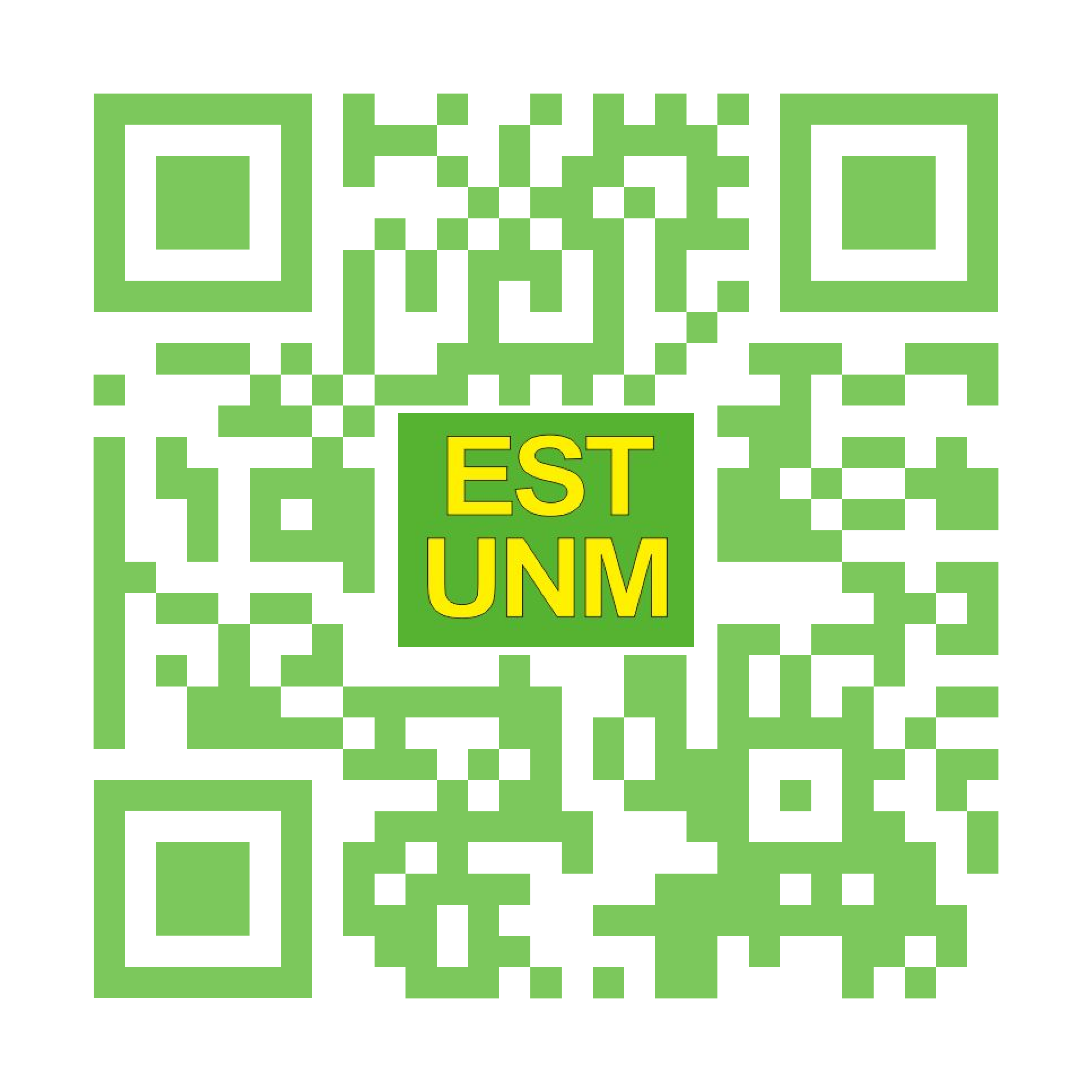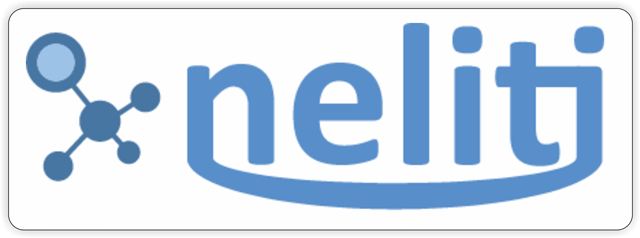Internet Access and Internet Self-efficacy of High School Students
(1) University of Lampung
(2) Universitas Lampung
(3) Independent Researcher, Bandar Lampung
(*) Corresponding Author
DOI: https://doi.org/10.26858/est.v5i2.8397
Abstract
Keywords
Full Text:
PDFReferences
Abdous, M. H., & Yoshimura, M. (2010). Learner Outcomes and Satisfaction: A Comparison of Live Video-streamed Instruction, Satellite Broadcast Instruction, and Face-to-face Instruction. Computers & Education, 55(2), 733–741.
Agyei, D. D., & Voogt, J. M. (2011). Exploring the Potential of the Will, Skill, Tool Model in Ghana: Predicting Prospective and Practicing Teachers’ Use of Technology. Computers & Education, 56(1), 91–100.
Ayub, A. F. M., Hamid, W. H. W., & Nawawi, M. H. (2014). Use of Internet for Academic Purposes among Students in Malaysian Institutions of Higher Educa-tion. Turkish Online Journal of Educational Technology-TOJET,13(1), 232–241.
Bandura, A. (1993). Perceived Self-efficacy in Cognitive Development and Functioning. Educational Psychologist, 28(2), 117–148.
Baturay, M. H., Gökçearslan, Ş., & Ke, F. (2017). The Relationship among Pre-service Teachers' Computer Competence, Attitude towards Computer-assisted Education, and Intention of Technology Acceptance. Inter¬national Journal of Technology Enhanced Learning, 9(1), 1–13.
Blonder, R., Jonatan, M., Bar-Dov, Z., Benny, N., Rap, S., & Sakhnini, S. (2013). Can You Tube It? Providing Chemistry Teachers with Technological Tools and Enhancing Their Self-efficacy Beliefs. Chemistry Education Research and Practice, 14(3), 269–285.
Celik, V., & Yesilyurt, E. (2013). Attitudes to Technology, Perceived Computer Self-efficacy and Computer Anxiety as Predictors of Computer Supported Education. Computers & Education, 60(1), 148–158.
Chou, C., Yu, S. C., Chen, C. H., & Wu, H. C. (2009). Tool, Toy, Telephone, Territory, or Treasure of Information: Elementary School Students’ Attitudes toward the Internet. Computers & Education, 53(2), 308–316.
Deb, S. (2011). Effective Distance Learning in Developing Countries using Mobile and Multimedia Technology. International Journal of Multimedia and Ubiquitous Engi¬neering, 6(2), 33–40.
Hatlevik, O. E., Throndsen, I., Loi, M., & Gudmundsdottir, G. B. (2018). Students’ ICT Self-efficacy and Computer and Information Literacy: Determinants and Relationships. Computers & Educa¬tion, 118, 107–119.
Jadoon, N. A., Zahid, M. F., Mansoorulhaq, H., Ullah, S., Jadoon, B. A., Raza, A., & Shahzad, M. A. (2011). Evaluation of Internet Access and Utilization by Medical Students in Lahore, Pakistan. BMC Medical Informatics and Decision Making, 11(1), 37.
John, S. P. (2015). The Integration of Information Technology in Higher Education: A Study of Faculty's Attitude towards IT Adoption in the Teaching Process. Contaduría y Administración, 60, 230–252.
Limaye, R., & Fotwengel, G. (2015). Use of Internet among Undergraduate Students from Mumbai, India. International Journals of Electronics and Communi-cation Tech¬no¬logy, 6(2), 26–28.
Loan, F. A. (2011). Internet Use by Rural and Urban College Students: a Comparative Study. DESIDOC Journal of Library & Information Technology, 31(6), 431–436.
Miniwatts Marketing Group. (2017). Internet World Stats: Usage and Population Statistics. https://www.internetworldstats.com/stats.htm. [Accessed 1 May 2017].
Rhema, A., & Miliszewska, I. (2014). Analysis of Student Attitudes towards E-learning: The Case of Engineering Students in Libya. Issues in Informing Science and Information Technology, 11(1), 169–190.
Tondeur, J., Van Braak, J., Sang, G., Voogt, J., Fisser, P., & Ottenbreit-Leftwich, A. (2012). Preparing Pre-service Teachers to Integrate Technology in Education: A Synthesis of Qualitative Evidence. Computers & Education, 59(1), 134–144.
Tsai, C. C., Chuang, S. C., Liang, J. C., & Tsai, M. J. (2011). Self-efficacy in Internet-based Learning Environments: A literature Review. Journal of Educational Techno¬logy & Society, 14(4), 222–240.
Tsai, C. C., & Lin, C. C. (2004). Taiwanese Adolescents' Perceptions and Attitudes regarding the Internet: Exploring Gender Differences. Adolescence, 39(156), 725–734.
Tsai, M. J., & Tsai, C. C. (2003). Information Searching Strategies in Web-based Science Learning: The Role of Internet Self-efficacy. Innovations in Education and Teaching International, 40(1), 43–50.
Uluyol, Ç., & Şahin, S. (2016). Elementary School Teachers' ICT Use in the Classroom and Their Motivators for Using ICT. British Journal of Educational Technology, 47(1), 65–75.
Wastiau, P., Blamire, R., Kearney, C., Quittre, V., Van de Gaer, E., & Monseur, C. (2013). The Use of ICT in Education: A Survey of Schools in Europe. European Journal of Education, 48(1), 11–27.
Wong, K. T., Teo, T., & Russo, S. (2012). Influence of Gender and Computer Teaching Efficacy on Computer Acceptance among Malaysian Student Teachers: An Extended Technology Acceptance Model. Australasian Journal of Educational Technology, 28(7). 1190–1207.
Wu, Y. T., & Tsai, C. C. (2006). University Students' Internet Attitudes and Internet Self-Efficacy: A Study at Three Universities in Taiwan. Cyberpsychology & Behavior, 9(4), 441–450.
Zhao, L., Lu, Y., Huang, W., & Wang, Q. (2010). Internet Inequality: The Relationship between High School Students’ Internet Use in different Locations and Their Internet Self-efficacy. Computers & Education, 55(4), 1405–142.
Article Metrics
Abstract view : 880 times | PDF view : 35 timesRefbacks
- There are currently no refbacks.
Copyright (c) 2019 Wayan Suana

This work is licensed under a Creative Commons Attribution-NonCommercial 4.0 International License.
Editorial Office
Journal of Educational Science and Technology
Graduate Program Universitas Negeri Makassar
 |
| Jl Bonto Langkasa Gunungsari Baru Makassar, 90222 Kampus PPs UNM Makassar Gedung AD Ruang 406 Lt 4, Indonesia | |||
| [email protected] | [email protected] | |||||
| https://ojs.unm.ac.id/JEST/index | |||||
| 085299898201 (WA) | |||||
EST Index by:

























